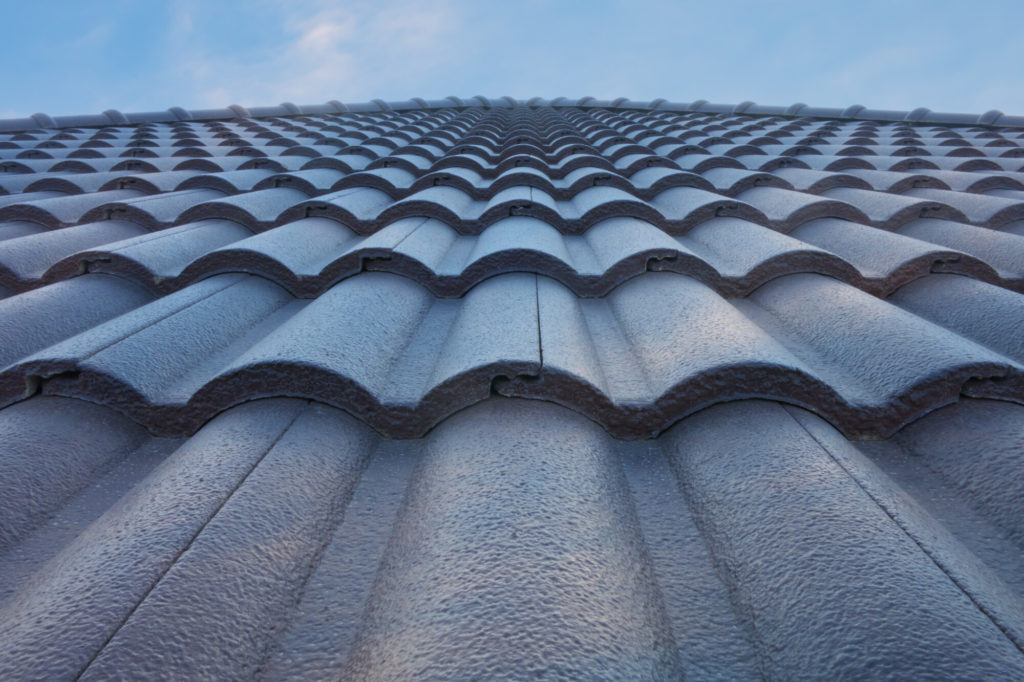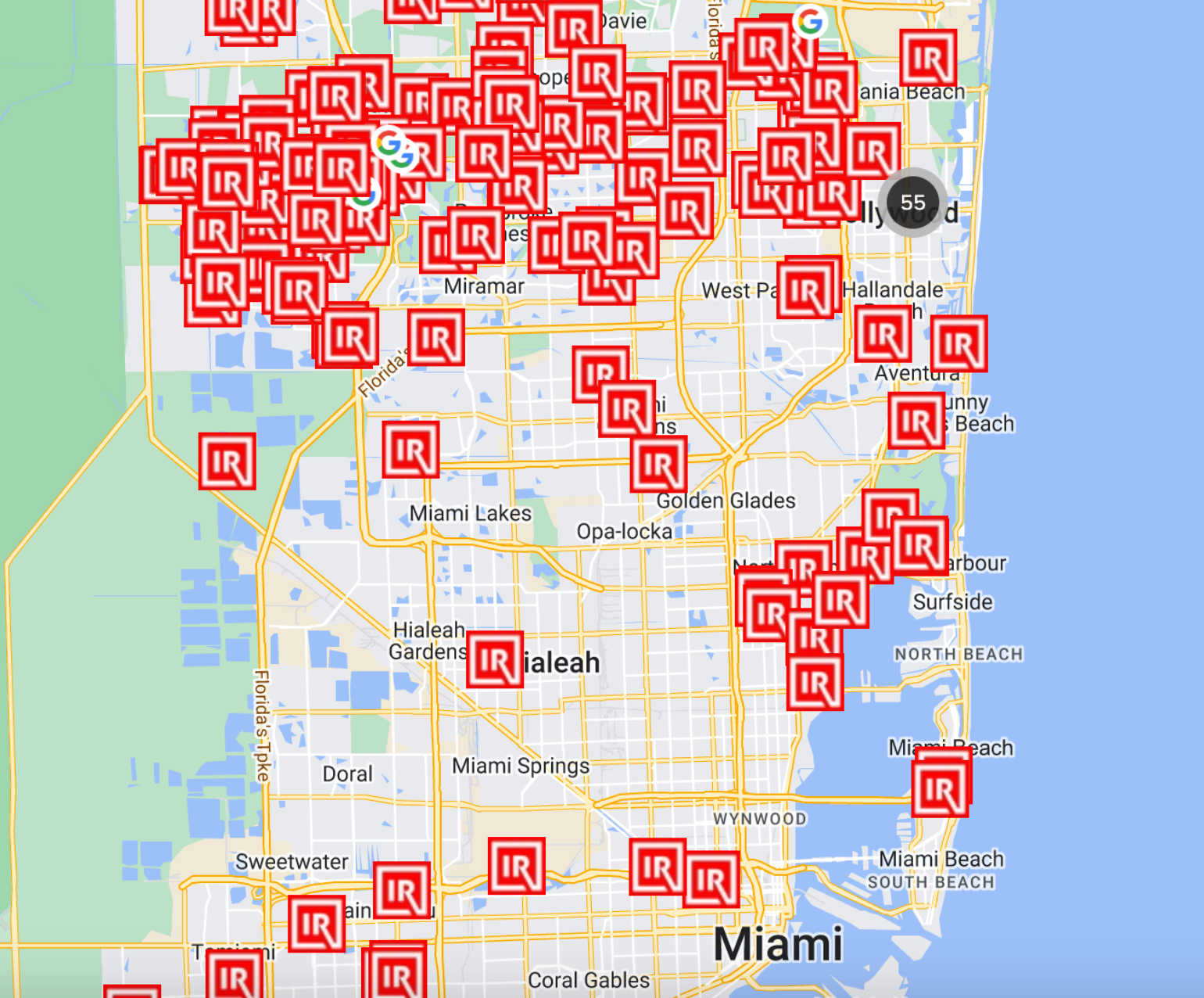
A total roof replacement is something many homeowners dread. At the same time, you need to know how to estimate one may be coming so you can plan accordingly. So, as our title says, how many years should your roof last?
The answer is going to take some nuance so join us today as we go over ways to estimate how long your roof lasts as well as ways to potentially extend its life.
Base Your Estimates On Your Materials
The first thing that needs to be addressed is roofs vary wildly in expected lifespan based on construction and materials.
Some standard estimates to start, based on roof material, include:
- Slate, copper, or tile: 50+ years
- Wood shake: ~30 years
- Fiber cement shingles: ~25 years
- Asphalt shingle/composition: ~20 years
Of course, that should only be your starting point when determining how long your roof is likely to last. Bad weather, poor construction, or failing to do proper maintenance can all have a dramatic impact on roof lifespan.
The Importance of Repair
The problem with the above is many homeowners tend not to think about their roof unless there is a serious, obvious issue. However, the reality is it is much better to stay vigilant and keep up with regular maintenance.
The good news is that a lot of the maintenance that keeps a roof in good shape can be done yourself if you’re so inclined. Just remember to stay safe if you’re not used to working with heights.
Washing your roof, keeping your gutters clean, and giving it a good once over are good habits that can save you a lot of money and hassle. That said, there comes a time where you will need a professional’s help.
It’s recommended to get your roof inspected by a professional once every two years to catch issues early. Doing it annually instead is even better, although admittedly more expensive.
When it’s time to actually replace shingles, get help from a professional. They can make sure everything is tightly in place and able to keep the rain out. A small mistake can cost you big if rain manages to leak through.
Water Is a Silent Killer
As for why rain can do so much damage, it has a lot to do with how roofs are constructed. The shingles that most roofs are composed of are meant to handle that rain but everything underneath? That’s a more open question.
A roof constructed by professionals will have measures in place to make it a bit more resistant to rain, but at some point, even professionals will use wood in the construction of most roofs. That’s the real weak point of a roof.
If too much water can seep into your roof, it can start to damage that wood. If you have reason to suspect that’s happening, it’s time to call a residential roofing services company (or commercial roofing services if you’re a business).
The reason being that if rot sets into something of structural importance to your roof, it could collapse. Then you’re looking at not only a roof replacement but weeks or months of related construction work.
This issue is why it is tough to estimate the exact lifespan of a roof. Different regions can have very different levels of moisture that a given roof is going to have to contend with.
It can be a good habit after any serious storm or hurricane to inspect your roof thoroughly for leakage or missing tiles. Even better would be to have a professional do it, even if you’ve already had an inspection that same year.
Everything Deteriorates
If you’re not in construction, it’s easy to think of buildings as more or less permanent. However, they’re under constant attack and your roof is no different.
Without the occasional use of repair services, almost any kind of tile or shingle can crack, snap, or otherwise break. Even slate or copper can wear (although they’ll outlast much of the competition).
If you want your roof lifespan to hit those high estimates we quoted earlier, you need to stay vigilant. It isn’t only storms that do damage. Wind can ruin roofs too.
In some areas, strong winds may even break branches above a roof or throw heavy debris toward a home. This can crack right through the average roof, doing serious and immediate damage.
While some damage is inevitable (and why inspection is so important), you can reduce it by controlling what you can. For instance, whenever possible you want to prune branches above a roof, that way they cannot fall on the home in a storm or other weather event.
Disasters Change the Equation
As a final note, be careful relying on any kind of estimate if you live in an area frequented by disaster-level weather events, like hurricanes or tornadoes. If these events hit too near, your roof will be damaged.
While not every case of bad weather requires a roof replacement, some will. It doesn’t really matter how old your roof is if a tornado comes too close or a hurricane bashes against it for a few days.
For Roof Replacement, Repair, and More
At Innovative Roofing, we understand that the idea of a roof replacement is intimidating. If you think you have that sort of project in your future, we can help make it easier.
Moreover, we can also help with just about any other roofing services you might need. If you’re wondering if we’re a good fit, click that link and see all the ways we can help meet your roofing needs.
















